Abdul Awal, 58, cannot hold back his excitement as for the first time in his life he would be voting in the 11th parliamentary polls on December 30.
Awal is one of the newly registered voters of 59 former enclaves in Lalmonirhat that became Bangladesh's territory through the implementation of Land Boundary Agreement (LBA) in 2015.
“It feels like a dream that my vote will be counted for selecting Bangladesh's government,” said Awal, a resident of Bhitorkuti under Kulaghat union.
Awal recalled how he used to visit the polling centres to witness the festivity centring elections during his childhood. But he never disclosed his identity during those times. “This time I will walk to the centre proudly and be a part of the event.”
Of the 59 former enclaves, which were Indian territory only a few years ago, two are in Kulaghat, two in Gotamari union, and the rest are in Jongra, Kuchlibari, Burimari, Srirampur, Jagatber, and Bawra unions of Patgram upazila.
Of the 10,317 people living in these former enclaves, 6.500 have been registered as voters, according to the district election office.
During a visit to Kulaghat on Monday, this correspondent found most areas covered with posters of the Awami League. Posters of Jatiya Oikyafront were seen at a few places.
Jatiya Party Co-chairman GM Quader is contesting from the Awami League-led 14-party grand alliance against Lalmonirhat BNP President Asadul Habib Dulu in Lalmonirhat-3, which includes Kulaghat union.
Both the candidates were trying to drum up support but they did not show up when the flood hit the area hard in 2014, said some of the locals.
“During the floods, no-one offered a single piece of bread but now they are coming to us seeking votes,” said Ayub Ali, a resident of Banshpochai, Kalughat.
Ayub, however, showed this correspondent the smart card, vulnerable group feeding (VGF) card, and fair price card that he received following the dissolution of the enclaves.
Pointing at the smart card, he said, “Look, the card says I am a Bangladeshi. I will cast my ballot using this card.”
The 50-year-old said his relatives living in the mainland once used to call his family “enclave people” but now no-one dares to do so.
Following the implementation of the LBA on July 31, 2015, the government set up houses, gave electricity connections, distributed VGF cards, VGD (Vulnerable Group development) cards, placed solar panels, constructed roads, tube-wells, toilets, established schools and clinics in some of the remote areas.
Many residents were unhappy as they did not have a candidate contesting with the electoral symbol “boat”, the Awami League's symbol.
Shahtun Khatun, 55, said she was “finally freed from the curse of enclave” because of the initiative by Prime Minister Sheikh Hasina.
Alluding to GM Quader, she said, “Nevertheless, I will vote for her [Hasina's] candidate, I will pick plough [election symbol of Jatiya Party],” said the resident of Bhitorkuti in Kalurghat.
Asadul Hasib Dulu, president of Lalmonirhat BNP and Oikyafront nominee, pledged employment opportunities. Dulu said, “We will focus on education of the residents, including taking responsibility of meritorious but poor students.”
In Lalmonirhat-1, Lalmonirhat Awami League President Motahar Hossain is running. The constituency has 55 former enclaves.
If elected, development of infrastructures would continue in the areas, said Motahar. The Awami League would set up schools, colleges, and create employment opportunities, he added.


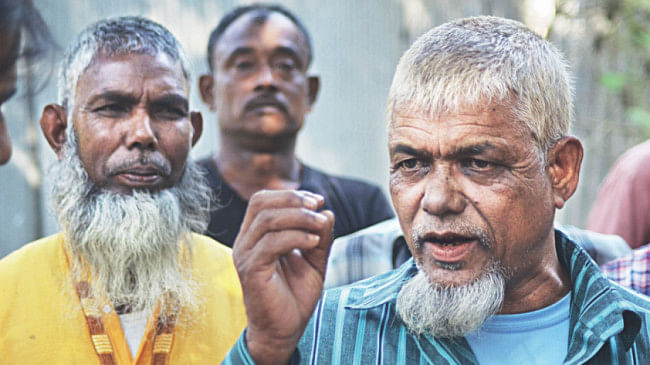

 For all latest news, follow The Daily Star's Google News channel.
For all latest news, follow The Daily Star's Google News channel. 
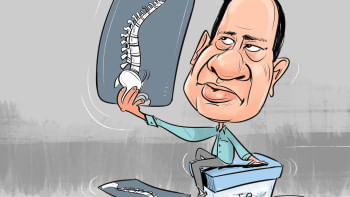





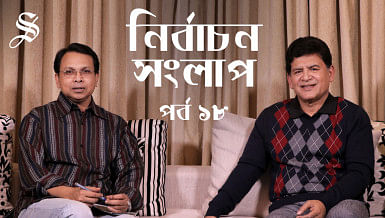
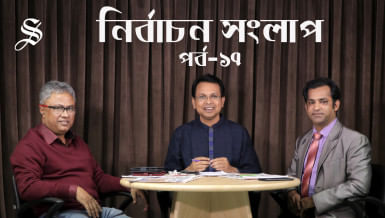
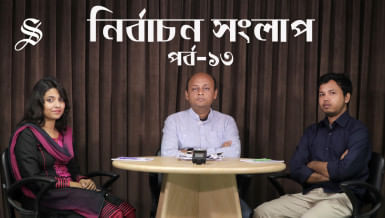
Leave your comments